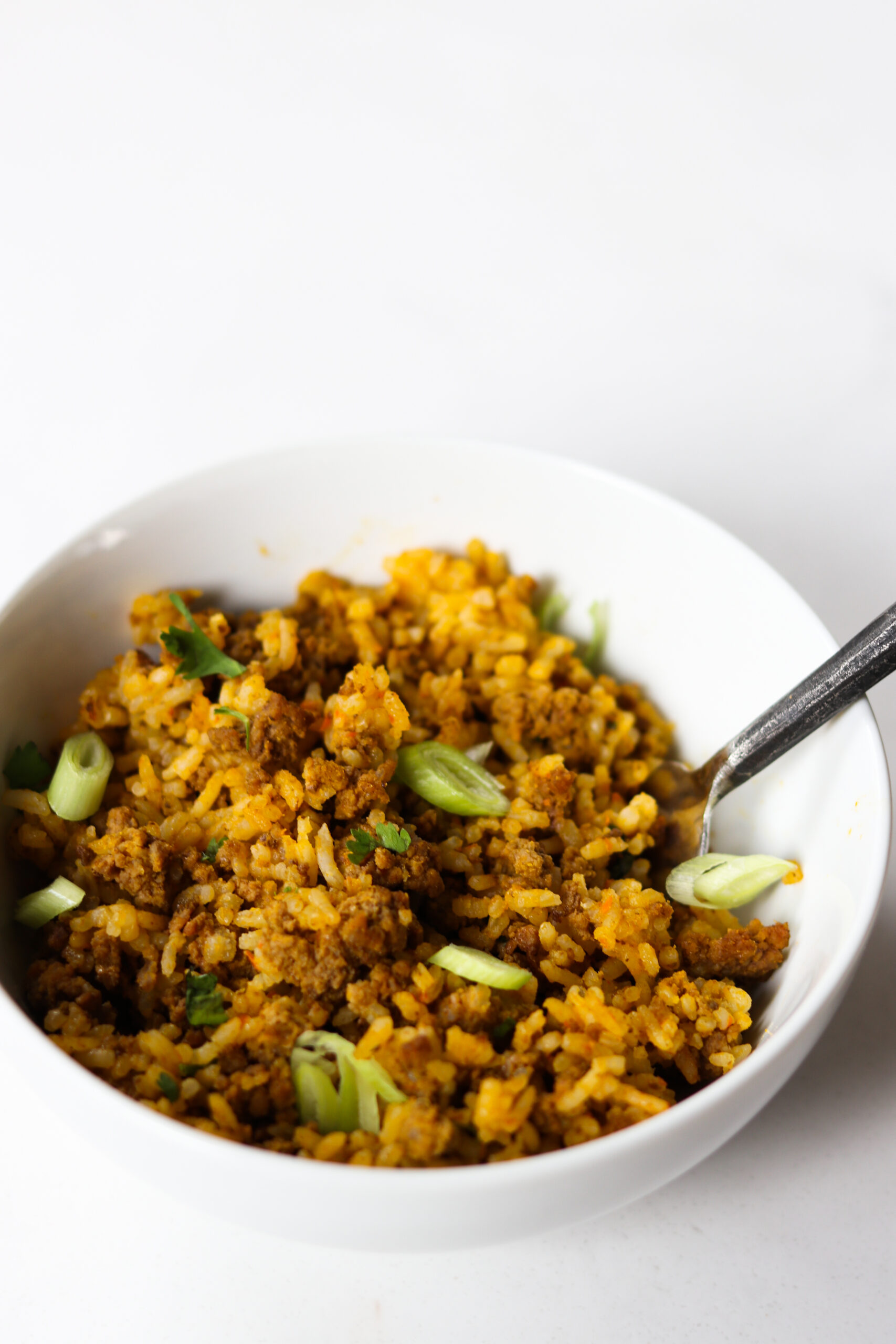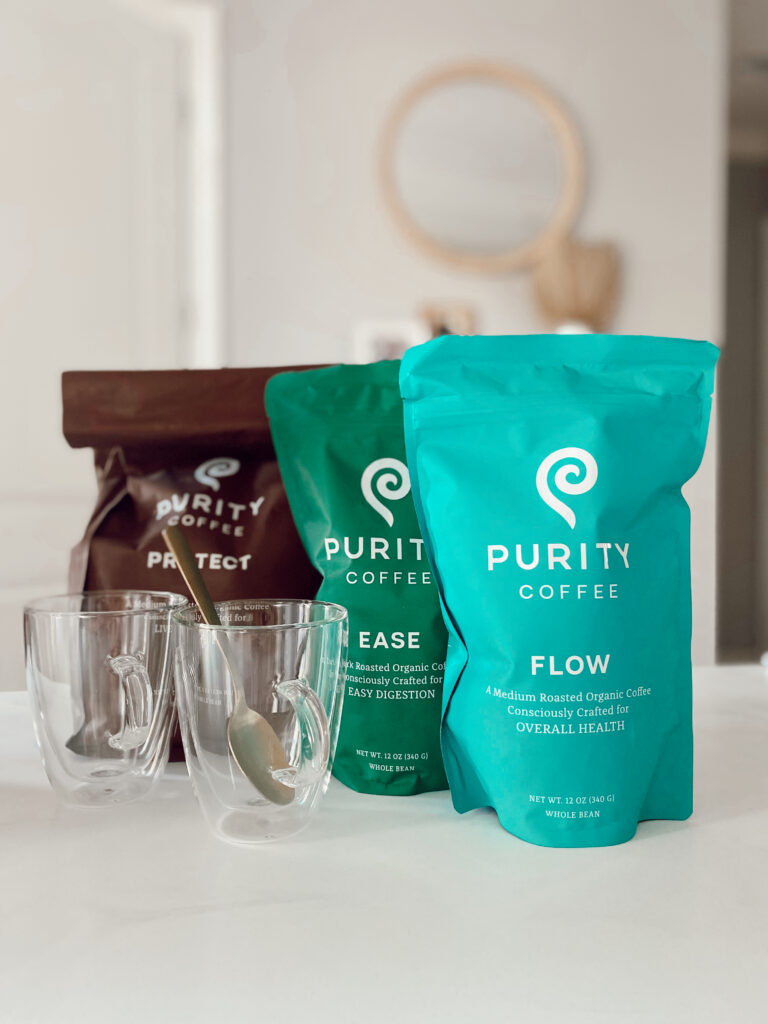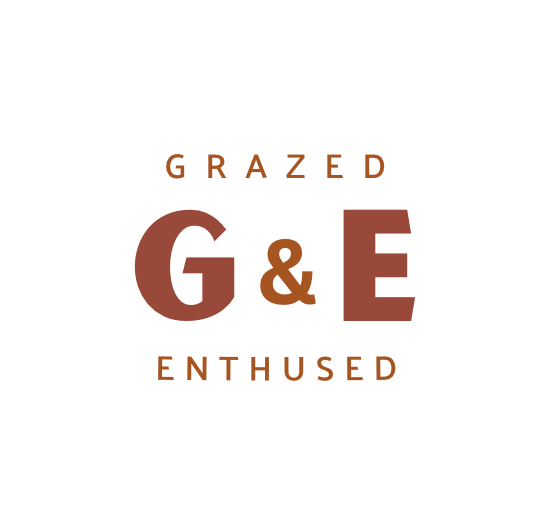

The Lymphatic Love Guide
Learn how to restore your lymphatic health at home. In this guide, you’ll receive attainable tips and resources for improving your lymphatic drainage and

Primally Pure Review: Organic & Handcrafted Skincare
Primally Pure makes some of my favorite organic handcrafted skincare and body products. Here is a quick review + list of some of my daily

Banana Bread Muffins (gluten-free, dairy-free)
Grain-free and dairy-free banana bread muffins are so moist, flavorful and make a delicious snack for both kids and adults. Now that we’re homeschooling, the

Spanish Ground Beef and Rice Bowls (GF, DF)
This one pot dish hits all the right notes: heavy on the flavor, easy to throw together on a weeknight, and makes for an excellent

Join the list: exclusive holistic health tips, allergy-friendly recipes, and my favorite discount codes to your inbox monthly!

Drink LMNT Review & Free Sample Pack
Drink LMNT electrolytes have improved my hydration, stamina, adrenal function, bowel regularity and mood! You can get a free 8-pack sample of every flavor. Here’s my honest review of each flavor, when to drink it, and how much to drink. I added LMNT electrolytes to my daily routine a few years ago. Feeling run down between pregnancies, my body felt

Lemon Coconut Macaroons (Gluten-Free, Dairy-Free)
These baked lemon coconut macaroons have a light lemon-y flavor, a crisp golden exterior and a chewy inside. They are the perfect simple treat to bring to Easter brunch or have on hand for a healthy treat. In my cookbook The Healing Kitchen, I have a recipe for no-bake lemon macaroons made with shredded coconut, lemon zest, coconut oil and

Pumpkin Seed Pesto Pasta with Macerated Cherry Tomatoes
If there’s one thing I’m consistent about it is my love for PESTO. All things pesto. I put it on my morning soft-scrambled eggs (breakfast heaven), on my grilled protein, in my soup, on my crackers, the list goes on. I’ve made many iterations of pesto (check them out here) but the one I frequently land on is my Pumpkin

Purity Coffee Review & 20% Off Discount Code
I want to tell you about my on-again, off-again, on-again relationship with coffee. You’ve heard it before: “I love the taste, but coffee doesn’t love me back.” Blood sugar irregularities, anxiety, gastrointestinal cramping and urgency, and sleep interruptions are some of the most common coffee-gone-wrong side effects. I’ve been there (it’s why I gave it up for so many years).

Gluten-Free Cookie Dough Ice Cream (Vegan)
Learn how to make Homemade Gluten-Free Cookie Dough Ice Cream with organic coconut cream, maple syrup and bits of cookie dough in every bite. I have been making homemade ice cream for nearly a decade and mastered the art of creamy dairy-free ice cream in all sorts of flavors! I had a hankering for chocolate chip cookies AND ice cream

How To Make Gelatin Gummies
Gelatin gummies are a wonderful source of gut-healing protein and amino acids while making a great portable snack for both kids and adults. It’s hard to find a snack that fits the bill: protein and mineral-rich, travels well, tasty, filling, and made affordably and quickly at home. Gelatin Gummies are IT. I started making these many years ago during my

How To Create a Non-Toxic Home
Swapping out your conventional home and personal care products can feel like a chore. Let me help you take a load off with my Healthy Home Swaps guide. All of these products have been screened for safety and tested in my home. By making the switch to safer products, you will save your family thousands of toxic exposures per year!

10 Easy & Delicious AIP Recipes
Are you starting the Autoimmune Protocol (AIP) or need some new easy and healthy recipes for your family? Check out this list of 10 Easy

Gluten Free Quiche Lorraine
Gluten-Free Quiche Lorraine makes for an impressive brunch or easy make-ahead weekday breakfast. Using frozen gluten-free pie shells and a delicious combination of fresh eggs,

Grain-Free Glazed Chocolate Donut Muffins
Grain-Free Glazed Chocolate Donut Muffins? Yes – these are a thing, and a thing you need to make immediately. A grain-free and dairy-free rich chocolate

Classic Paleo Pumpkin Pie (Grain-Free, Nut-Free)
Classic pumpkin pie made grain-free and paleo with a buttery cassava crust, vanilla-scented filling and a festive ginger and orange topping. You, me, we cannot

Maple Butter Cranberry Bark (AIP)
This super easy Maple Butter Cranberry Bark makes for a delicious holiday treat. Coconut butter, coconut oil, dried cranberries and maple butter are combined then

Grain-Free Baked Macaroni and Cheese
Oh my, this grain-free baked macaroni and cheese is so hands-off with a no-boil cooking method. It uses elbow macaroni and three types of freshly










